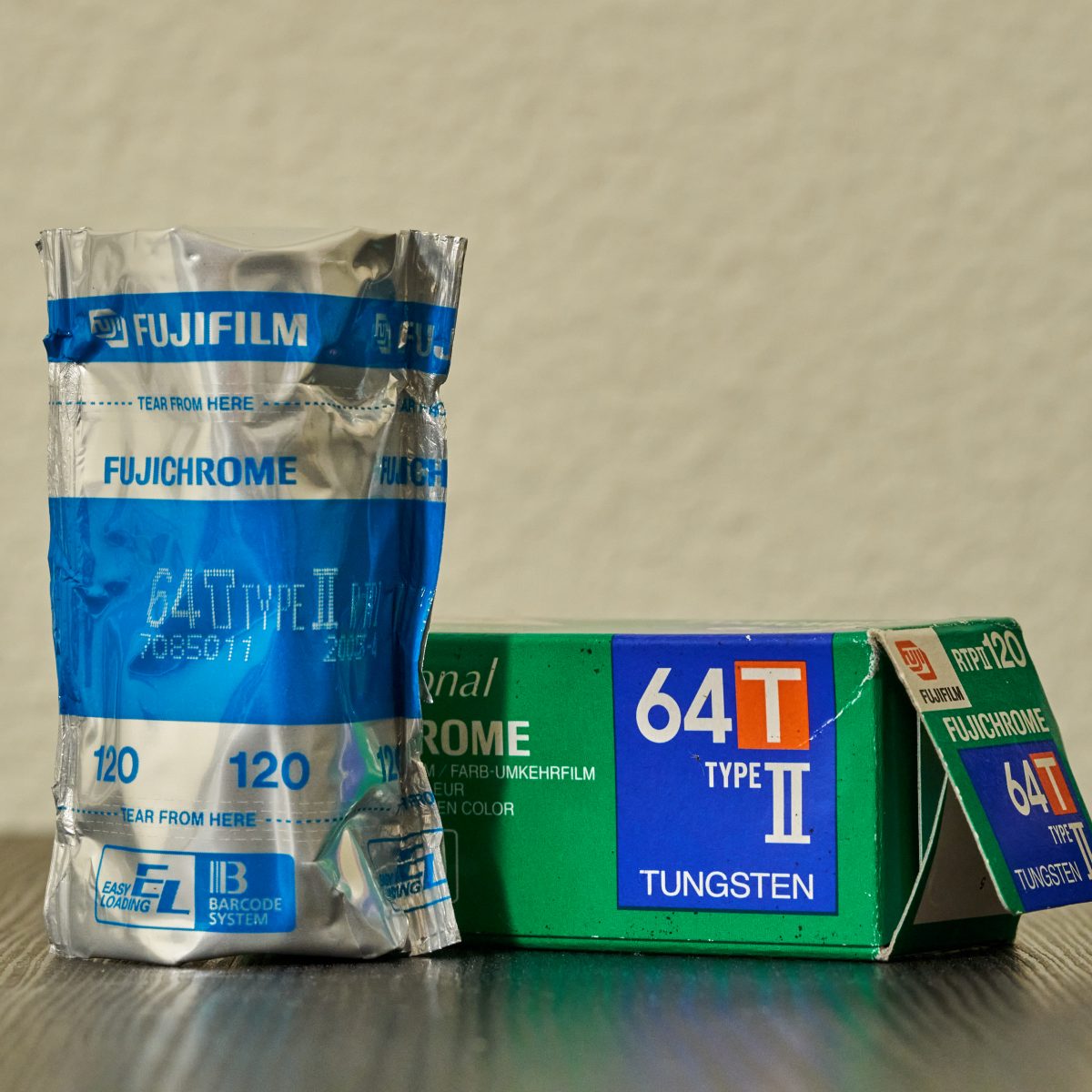
How do you shoot tungsten film, where tungsten light bulbs have been phased out? I guess it is making a hipster comeback, but still a rare sight compared to the lights powered by LEDs, fluorescent and incandescent. Tungsten film is balanced for blue-ish light, unlike the warmer sunlight, so tungsten film still work fine under most artificial light conditions. There is currently (in 2022) only one line of fresh tungsten film being produced – Kodak Vision 3. Cinestill 800T, and all other cine film that are tungsten balanced are cut from the same source. There might not be prevalent anymore, but a quick search online and there will be a sea of slide tungsten film, almost always 20 years expired, waiting to be used. I don’t look for these specifically, but obtained a few within the bundles when I buy other film. Film are still film, so I shoot them and hope for the best.
Tungsten film is meant for indoors, so I brought this into a pub for lunch. (Neither a priest nor a rabbit went into the pub. The rabbit was a typo.) It might be midday outside, but it is pitch dark indoors. Being a ISO 64 film, it is very slow. I shot wide open and it was still too dark, should have set the camera on the table and shoot with longer exposure. The colors came out lovely though, did not noticed any shift in color, so at least we know tungsten film did as it advertised!
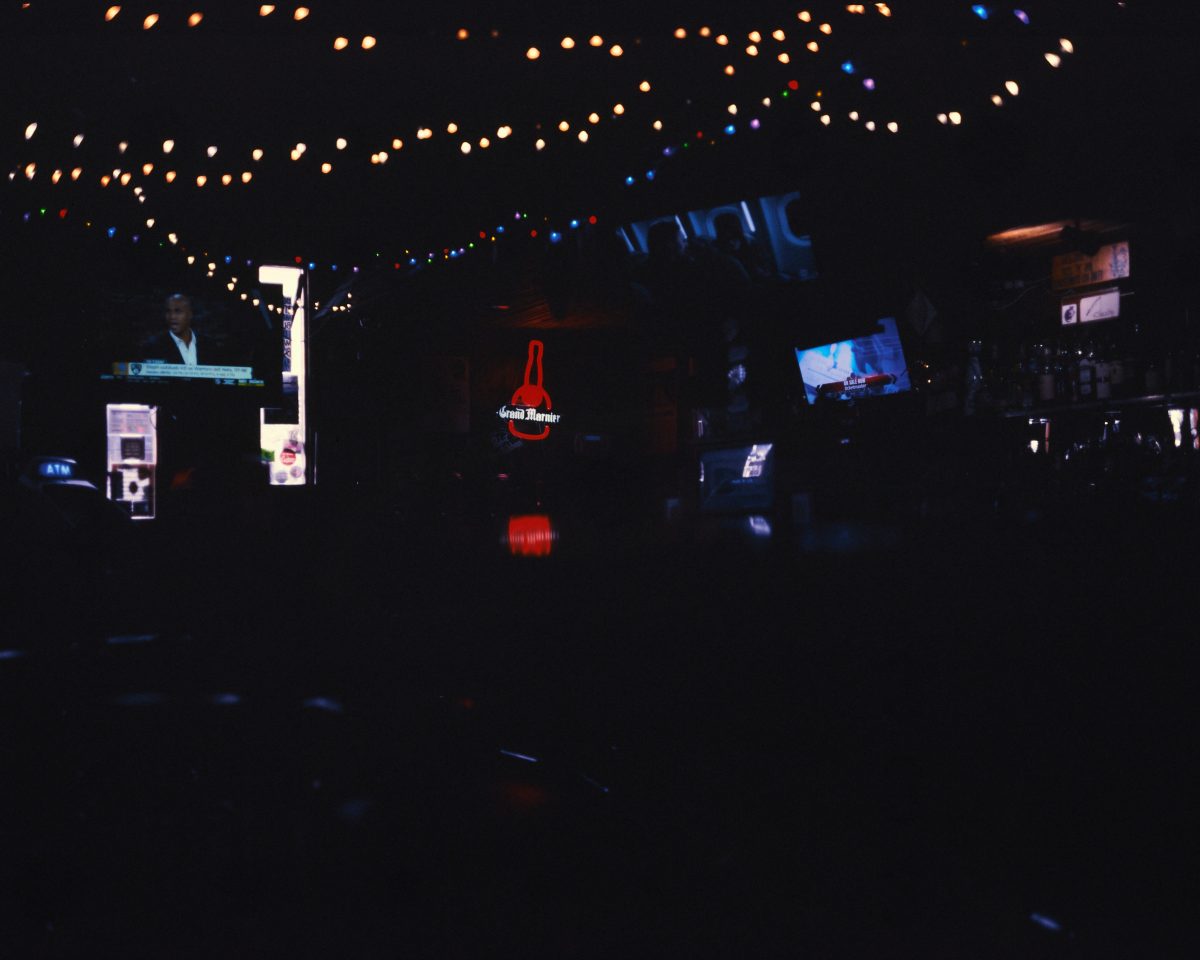
[Plaubel Makina 67 | Nikon Nikkor 80/2.8 | Fujifilm RTPii 64T]

[Plaubel Makina 67 | Nikon Nikkor 80/2.8 | Fujifilm RTPii 64T]
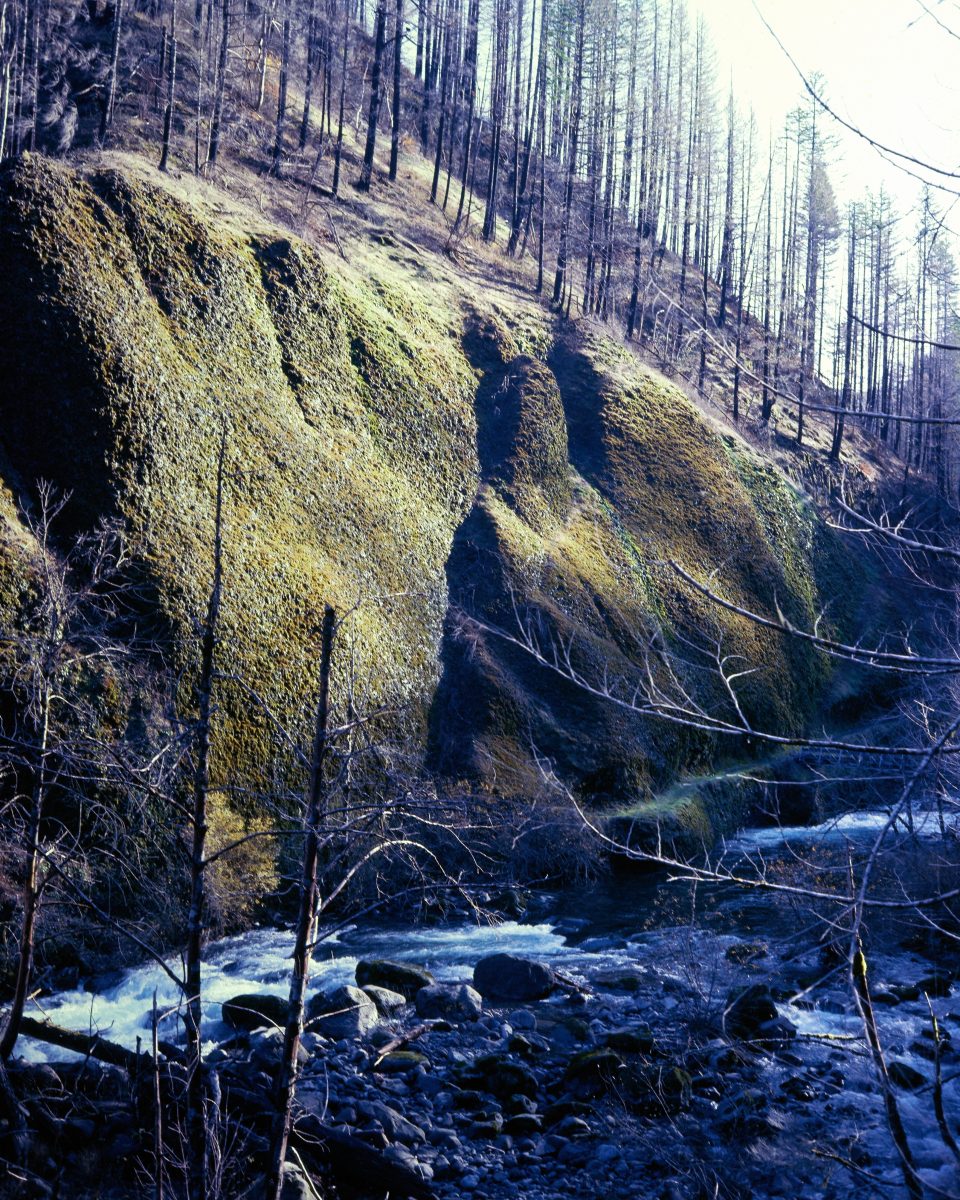
[Plaubel Makina 67 | Nikon Nikkor 80/2.8 | Fujifilm RTPii 64T]
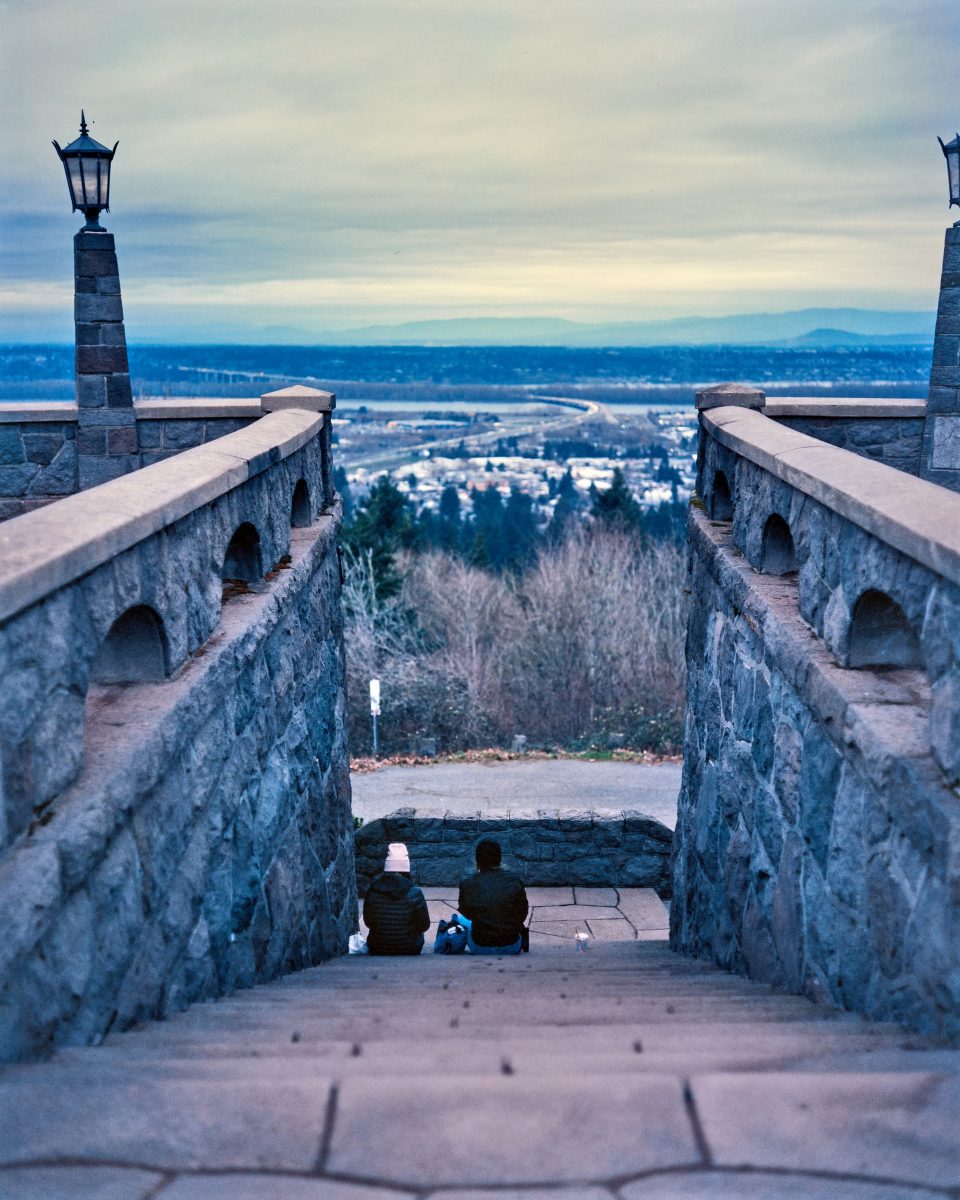
[Plaubel Makina 67 | Nikon Nikkor 80/2.8 | Fujifilm RTPii 64T]
Anyway, I finally got my hands on a 85B filter from their competitors. Shot a roll in daylight, and the colors are now much more orange. I could easily color balance in post, and I definitely prefer the orange to the purple (see above). This shot was taken near downtown Hillsboro, featuring the mascot for A&W Restaurant (yes, they have stores and sell more than root beer). Apparently, it is difficult to find all 4 mascots, and Hillsboro has the entire family but part of the display has been taken away for restoration. As for the family, they represent the four sizes for A&W’s menu (Grandpa, Papa, Mama and Baby/Teen). Pretty cool!
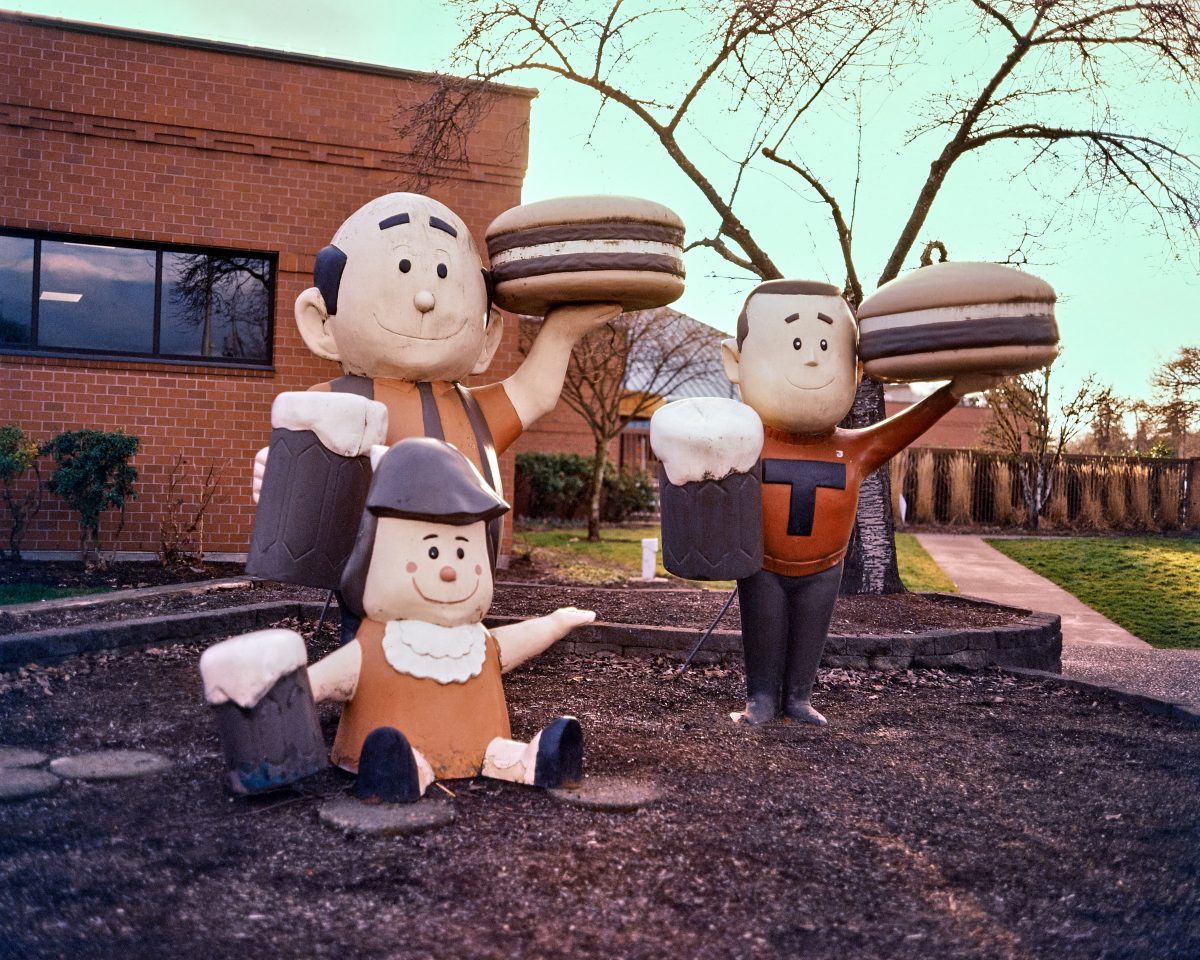
[Plaubel Makina 67 | Nikon Nikkor 80/2.8 | Fujifilm RTPii 64T | 85B Filter]
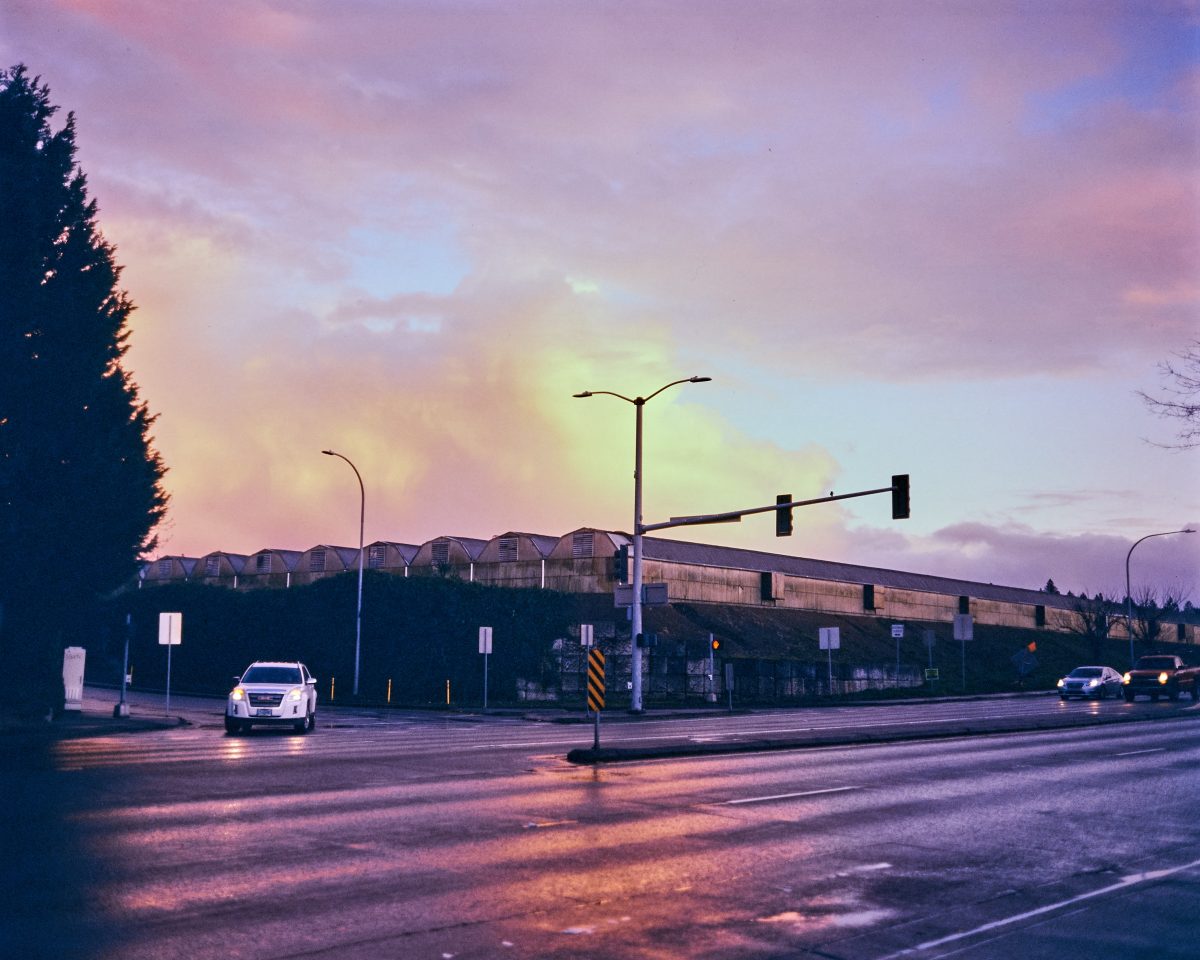
[Plaubel Makina 67 | Nikon Nikkor 80/2.8 | Fujifilm RTPii 64T | 85B Filter]
Spec:
FUJIFILM 15531640 Overview
Fujichrome 64T Type II Professional (RTP II) is an ISO 64 speed tungsten-type high image quality color reversal film. In its speed class, this new film provides the highest degree of fine grain possible along with excellent resolving power. It also provides high saturation, rich gradation, faithful color reproduction and well controlled gradation balance.
Excellent-fine grain
Rich gradation
Faithful color reproduction
Improved Reciprocity
Enables long exposures to be made under low light conditions or when using small diaphragm openings for increased depth-of-field. Under these shooting conditions, any decreases in film speed and changes in color balance are minimalColor Saturation: High
Grain: Very fine
Sharpness: High
Exposure Latitude: Narrow
Push/Pull: Permits push/pull processing, from -1/2 to +1 stop